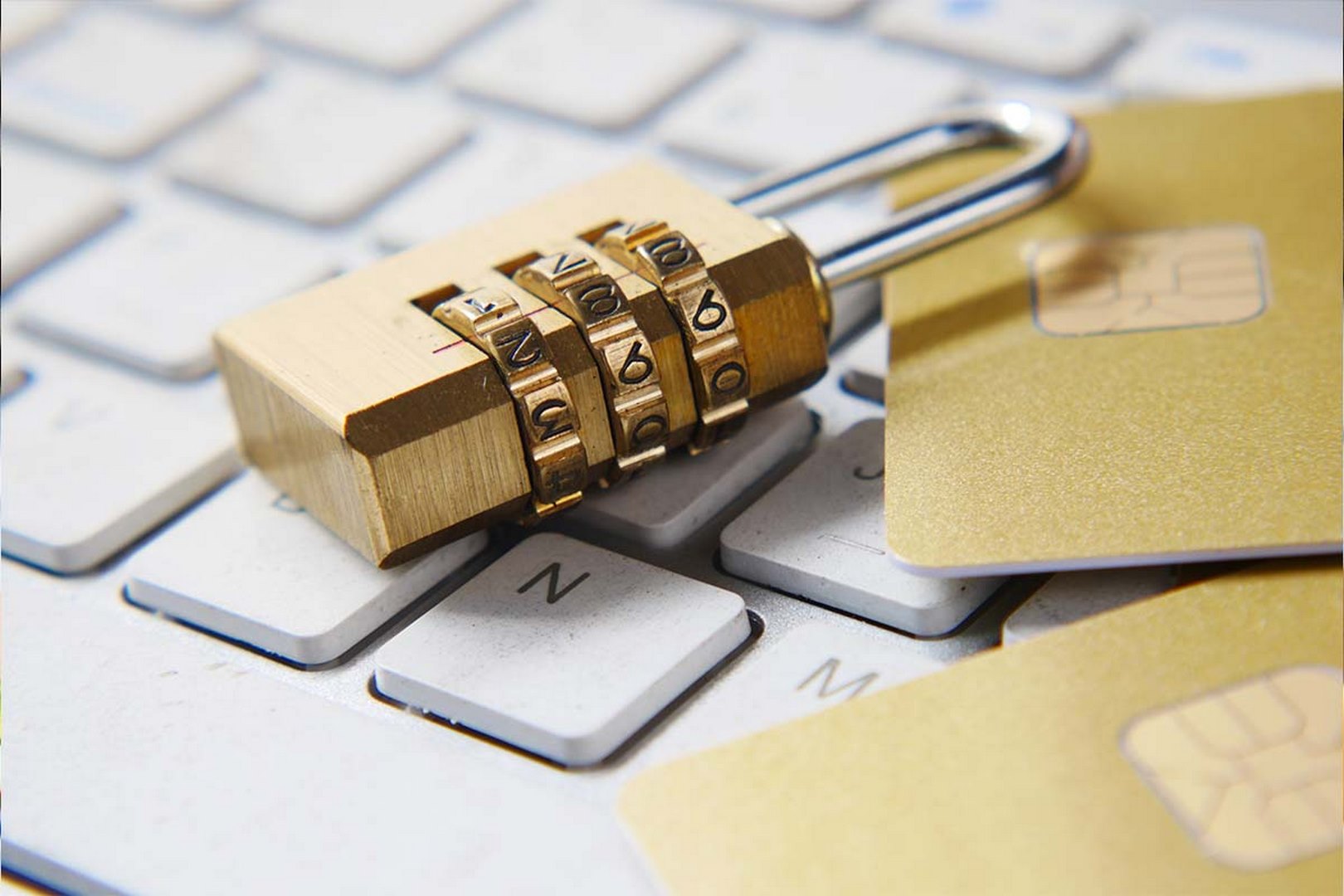Secure Your Computer Against Cyber Threats
Latest Articles
September 25, 2023
In today’s digital age, the security of your computer is paramount. Cyber threats, such as malware, phishing attacks, ransomware, and data breaches, are becoming increasingly sophisticated and prevalent. Protecting your computer from these threats is not just an option; it’s a necessity. In this comprehensive guide, we’ll walk you through essential steps to secure your computer effectively against cyber threats.
- Keep Software Updated
One of the easiest and most effective ways to safeguard your computer is to keep all software, including the operating system, web browsers, and applications, up to date. Software updates often include patches for known vulnerabilities that hackers can exploit.
- Use Strong, Unique Passwords
Passwords are your first line of defense against unauthorized access. Create strong, complex passwords that include a combination of upper and lower case letters, numbers, and special characters. Avoid using easily guessable information like birthdays or common words. Consider using a password manager to generate and store unique passwords for each of your accounts.
- Enable Two-Factor Authentication (2FA)
Two-factor authentication adds an extra layer of security by requiring you to provide a secondary verification method, such as a text message or authentication app, in addition to your password. Enable 2FA whenever possible, especially for your email, banking, and social media accounts.
- Be Wary of Phishing Attacks
Phishing attacks trick users into revealing sensitive information by posing as legitimate entities. Be cautious when opening emails from unknown sources or clicking on suspicious links. Verify the authenticity of emails or websites before entering any personal information.
- Install Antivirus and Anti-Malware Software
Install reputable antivirus and anti-malware software on your computer. These programs can detect and remove malicious software that may otherwise compromise your system’s security. Regularly update your antivirus definitions to stay protected against new threats.
- Use a Firewall
A firewall acts as a barrier between your computer and the internet, filtering incoming and outgoing traffic. Ensure that your operating system’s firewall is enabled, and consider using a third-party firewall for added security.
- Regularly Back Up Your Data
Data loss can occur due to cyberattacks or hardware failures. Regularly back up your important files and documents to an external hard drive, cloud storage, or a dedicated backup service. This ensures you can recover your data in case of a security incident.
- Secure Your Wi-Fi Network
If you have a wireless network at home, secure it with a strong password and encryption (WPA3 is the latest standard). Change the default router login credentials and regularly update your router’s firmware to protect against vulnerabilities.
- Keep Personal Information Private
Limit the amount of personal information you share online, especially on social media platforms. Cybercriminals can use this information to craft convincing phishing attacks or steal your identity.
- Educate Yourself About Cyber Threats
Stay informed about the latest cyber threats and security best practices. Knowledge is a powerful tool in defending against cyberattacks. Follow trusted cybersecurity blogs, subscribe to security newsletters, and consider taking online courses to enhance your knowledge.
Conclusion
Securing your computer against cyber threats is an ongoing process that requires vigilance and commitment. By following the steps outlined in this guide and staying informed about emerging threats, you can significantly reduce the risk of falling victim to cyberattacks. Remember that cybersecurity is everyone’s responsibility, and taking proactive measures is the key to protecting your digital life.



